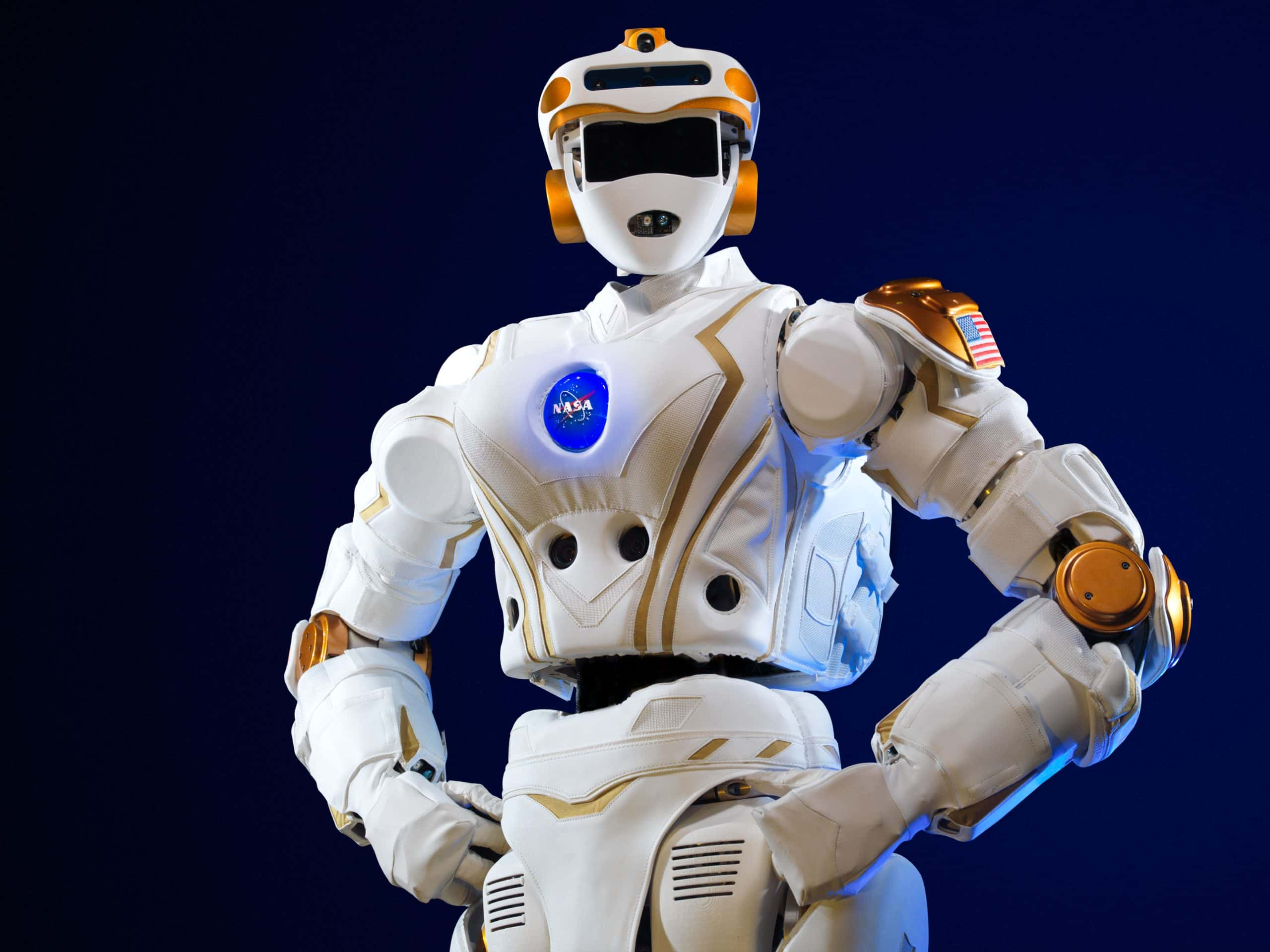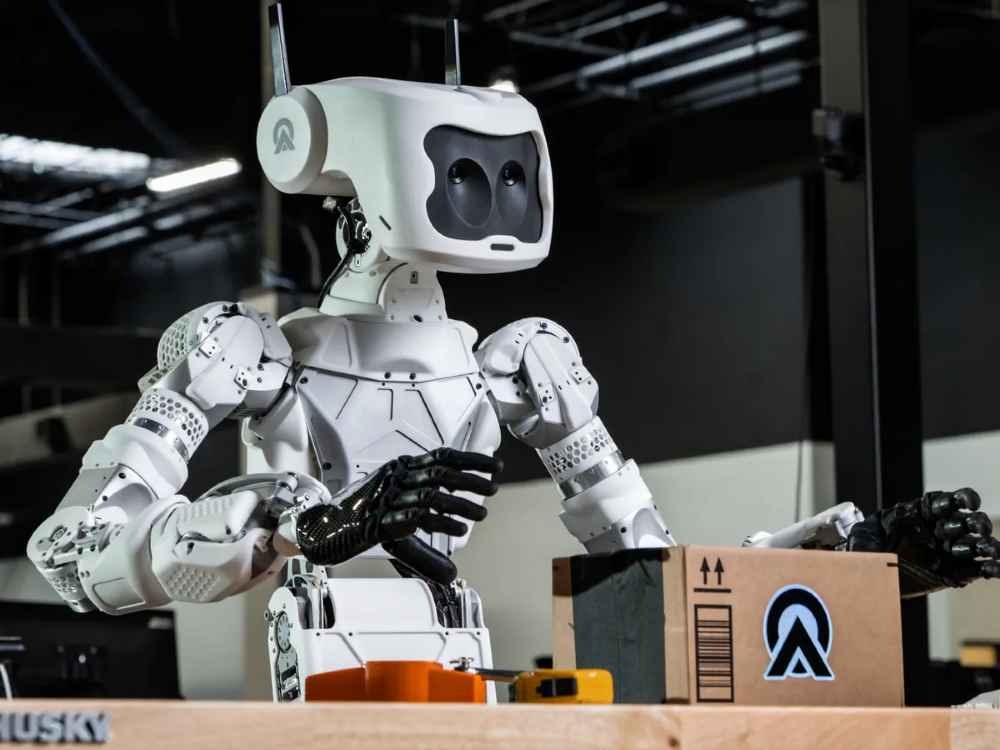These NASA humanoid robots, designed for tasks ranging from logistics to healthcare, are poised to venture into orbit and potentially other planets, assisting astronauts in their missions.

In a significant stride towards advancing space exploration, NASA has partnered with a Texan robotics firm to further its longstanding efforts in developing NASA humanoid robots
The collaborative endeavor with Texas-based Apptronik, Inc. under the Small Business Innovation Research program has refined Apollo, a humanoid robot adept at handling terrestrial responsibilities. NASA envisions adapting robots like Apollo to serve as invaluable aides for astronauts in various space environments, including orbit, the moon, and Mars. These NASA humanoid robots may even serve as remote-controlled “avatars” for operators on Earth in extraterrestrial settings.
With a height of 5’8″ and weighing 160 pounds, Apollo, designed by Apptronik, emphasizes modularity and adaptability for logistics tasks. Its specifications, including a four-hour battery life and a payload capacity of 55 pounds, make it a versatile contender for applications in Earth-bound sectors such as retail, warehousing, and manufacturing, underscoring NASA’s keen interest.
Apollo’s promised flexibility extends to programmability and customization, evolving alongside the development
NASA, leveraging its expertise, particularly in robotic mobility and safe NASA humanoid robot interactions, is pivotal in shaping Apollo’s capabilities. This collaborative effort aims to revolutionize space operations, foreseeing NASA humanoid robots as pivotal assets in lunar or Martian missions, surpassing human capabilities in handling challenging tasks. Beyond exploration, these NASA humanoid robots hold the potential to reduce mission costs by operating and maintaining facilities on extraterrestrial surfaces, using local resources.
The incorporation of robots into NASA’s Artemis program is crucial for establishing a sustainable human presence on the moon and beyond. This strategic partnership mirrors NASA’s approach to contracting private vehicles for spaceflights, spurring innovation and cost-effectiveness in the space industry. Furthermore, the advancements in robotics for space missions are poised to catalyze developments in autonomous vehicles, manufacturing, and various industries, promising broad societal impacts.
READ ALSO: SpaceX Starship Engine Roars To Life In Lunar-Like Cold, Paving The Way For Artemis Mission




